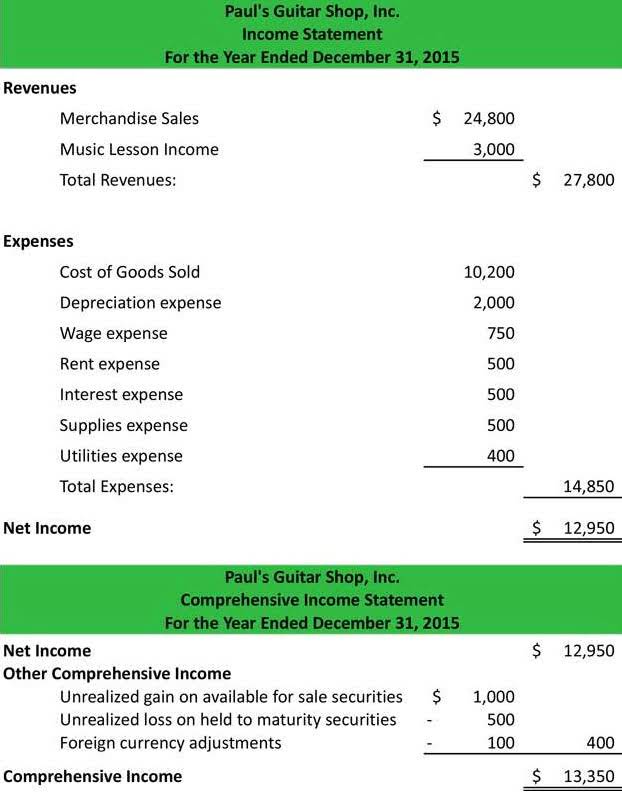
In other words, fixed costs are not dependent on your business’s productivity. Direct Costs are the costs that can be directly identified or allocated contribution margin ratio to your products. For instance, direct material cost and direct labor cost are the costs that can be directly allocated with producing your goods.
These are costs that are independent of the business operations and which cannot be avoided. In determining the price and level of production, fixed costs are used in break-even analysis to ensure profitability. In other words, contribution margin per unit is the amount of money that each unit of your product generates to pay for the fixed cost. Accordingly, the contribution margin per unit formula is calculated by deducting the per unit variable cost of your product from its per unit selling price.
Business Cards
The contribution margin is a key component in computing a company’s break-even point. We put together a list of the best, most profitable small business ideas for entrepreneurs to pursue in 2024. These can fluctuate from time to time, such as the cost of electricity or certain supplies that depend on supply chain status. Managerial accountants also use the contribution margin ratio to calculate break-even points in the break-even analysis. Here, we are calculating the CM on a per-unit basis, but the same values would be obtained if we had used the total figures instead.

Labor costs make up a large percentage of your business’s variable expenses, so it’s the ideal place to start making changes. And the quickest way to make the needed changes is to use a scheduling and labor management tool like Sling. Variable expenses are costs that change in conjunction with some other aspect of your business. Cost of materials purchased is a variable expense because it increases as sales increase or decreases as sales decrease. Sales (a.k.a. total sales or revenue) is the monetary value of the goods or services sold by your business during a certain reporting period (e.g., quarterly or annually). In effect, the process can be more difficult in comparison to a quick calculation of gross profit and the gross margin using the income statement, yet is worthwhile in terms of deriving product-level insights.
Fixed costs vs. variable costs
You can use it to learn how to calculate contribution margin, provided you know the selling price per unit, the variable cost per unit, and the number of units you produce. The calculator will not only calculate the margin itself but will also return the contribution margin ratio. To understand how profitable a business is, many leaders look at profit margin, which measures the total amount by which revenue from sales exceeds costs.
- It can help a business identify the degree to which a company depends on a particular product or service and also calculate a potential increase in sales required to break even in a loss-making company.
- Aside from the uses listed above, the contribution margin’s importance also lies in the fact that it is one of the building blocks of break-even analysis.
- The contribution margin further tells you how to separate total fixed cost and profit elements or components from product sales.
- This makes it a valuable tool for understanding how to price your products to ensure your business can pay its fixed costs, such as salaries and office rent, and still generate a profit.
- In this way, contribution margin shows your break-even point, or how much you need to make from sales to cover fixed costs and make a profit, Barton explains.
